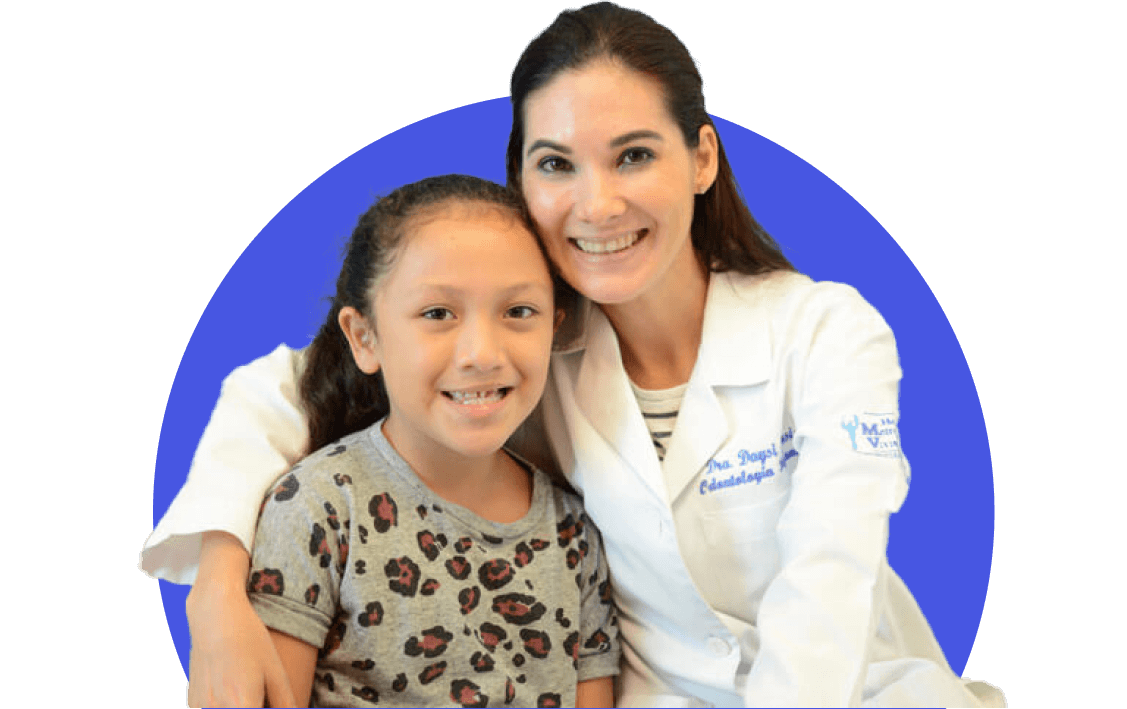- Cleft Home
- What is Cleft Lip and/or Palate?
- Prenatal Diagnosis
- Feeding Your Baby
- What is a Cleft Team?
- Surgery
- Hearing, Speech, and Dental Care
- Paying for Treatment
- Managing Feelings
- Craniofacial Conditions
- Toddlers and Preschoolers
- The School-Aged Years
- The Teenage Years
- Letter to a Teacher
- Information for Adults
- Support Organizations
- Learn More: Downloads
- Cleft Home
- What is Cleft Lip and/or Palate?
- Prenatal Diagnosis
- Feeding Your Baby
- What is a Cleft Team?
- Surgery
- Hearing, Speech, and Dental Care
- Paying for Treatment
- Managing Feelings
- Craniofacial Conditions
- Toddlers and Preschoolers
- The School-Aged Years
- The Teenage Years
- Letter to a Teacher
- Information for Adults
- Support Organizations
- Learn More: Downloads
What are my options for my lips, nose, jaws, and teeth during adulthood?
The function and appearance of the lips and nose involve many elements, including the position of the jaws, the stability and comfort of the bite, the alignment of the teeth, and the structure and position of underlying bone and cartilage.
Treatment during adulthood that relates to the lips, nose, jaws, and teeth usually takes place in a series of steps that can take years to complete. These steps are best done when planned by a coordinated team of specialists.
While the care you receive during adulthood will be individualized, there are several common issues and treatments that can occur for adults born with cleft lip and/or palate:
Bone-Graft Surgery: Alveolar bone-graft surgery is an operation to stabilize the bony segments of the upper jaw and support the permanent teeth. This procedure is usually performed during childhood or early adolescence, but it is sometimes recommended for adults to achieve the best possible result. For this procedure, bone is removed from one part of the body and placed in the jaw to fill in the missing bone in the dental ridge. (To learn more about bone-graft surgery, look here.)
Orthodontics Before and/or after Jaw Surgery: Orthodontic treatment is commonly recommended in coordination with jaw surgery, sometimes beforehand, sometimes afterwards, sometimes both. The usual length of treatment from start to finish (both orthodontics and jaw surgery) is eighteen to twenty-four months. If orthodontic treatment takes place before surgery, additional adjustments following surgery may be made to assure that all teeth come together in the best possible way.
Jaw Surgery: The facial bones form the foundation of the face and the dental ridges support the teeth. These bones need to be properly positioned before a good bite can be achieved. A variety of surgical procedures can be performed to widen or reposition the upper jaw. The lower jaw and chin can also be repositioned if necessary. These procedures must be planned jointly by the orthodontist and surgeon on your cleft team. (To learn more about jaw surgery, look here.)
Rhinoplasty: Nose surgery, called rhinoplasty or septorhinoplasty, changes the shape of the nose and can improve breathing. The specific actions performed during this operation vary from person to person. The surgeon may be able to straighten the septum and the base of the nose, round out the nostrils, and reshape the cartilage in the tip of the nose. Reshaping the nose may require breaking the nasal bones in order to move them into better position.
Treatment for Missing and/or Misshapen Teeth: Some people born with clefts have missing or misshapen teeth. If a tooth is missing, the orthodontist on the team may recommend moving a nearby tooth into the space or replacing the tooth with a prosthetic (artificial) tooth. Many different prosthetic replacements are available, such as removable partial dentures, fixed bridges, bonded bridges, and implants. Your orthodontist will make a recommendation based on the state of your existing bite, the degree of crowding among the teeth, the location of the missing tooth, and the amount of bone support at that site. To make a small or misshapen tooth larger, adequate space must be reserved for its final size.
The professionals who help with these dental issues may include a prosthodontist (a dentist who makes dentures and other dental appliances), a general dentist, and an orthodontist (a dentist who moves teeth).
Lip and Scar Revision: Surgical revision of the upper lip usually follows restoration or reconstruction of the teeth and jaws. A lip revision is an operation to change the shape of the upper lip in a person who underwent cleft lip-repair surgery earlier in life (usually during infancy). This procedure can involve evening out the proportions of the lip, making the lip look fuller, and/or helping your lip muscles work better when you speak. A cleft-lip revision is considered “reconstructive” surgery, not “cosmetic” surgery. A surgeon may also be able to adjust the appearance of a post-surgical scar, whether through surgical or non-surgical methods (the use of botox is one example).



